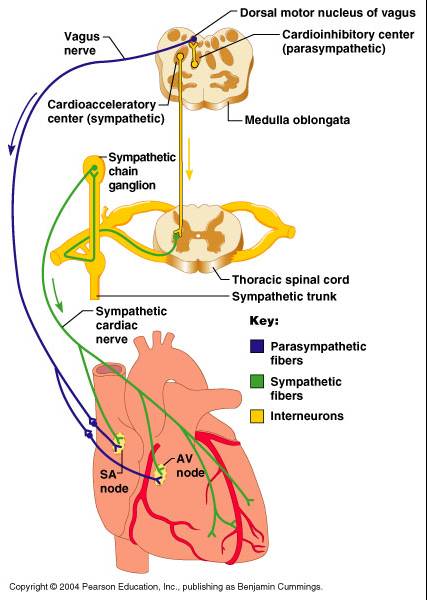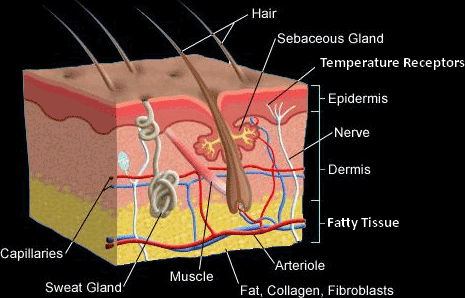The internal environment of the body are made up of blood cells and lymph, plasma protein, water, minerals (e.g potassium, sodium, calcium, e.t.c), oxygen and carbon dioxide, heat, e.t.c...
The act of quantifying the above listed materials such that they are not in excess nor insufficient for the body is referred to as Homeostasis. That is keeping them in a normal constant nontoxic value/rate for the body... To accomplish this, various cells, tissues and organs of the body are called in to play, and these are:
VARIOUS CELLS, TISSUES, ORGANS AND THEIR FUNCTIONS IN MAINTAINING THE INTERNAL ENVIRONMENT OF THE BODY
1. The Heart: The main role of this organ in the body is pumping of blood to every part of the body. During shortage of blood in the body, the sympathetic nervous system of the body originating from the spinal nerve(T1-L2) constrict this organ, thereby increasing its beat/pressure and consequently causing it to pump more blood to make up for the blood insufficiency. Conversely, during excessive building up of blood in the body, the parasympathetic nervous system originating from the brain dilate the heart and reduces its beat/pressure, consistently reducing the blood being pumped out of the heart...
2. The lungs: This organs help in removing excess carbon dioxide from the body via expiration and at the same time replenishing the used oxygen via inspiration, thereby creating a balance between oxygen and carbon dioxide of the body.
3. The Skin: This tissue serves many homeostasis purposes in the body viz: Regulations of body temperature, Protection of the internal environment of the body from the external, regulation of salts/water balance of the body via sweat glands and pores, e.t.c
To be continue...

